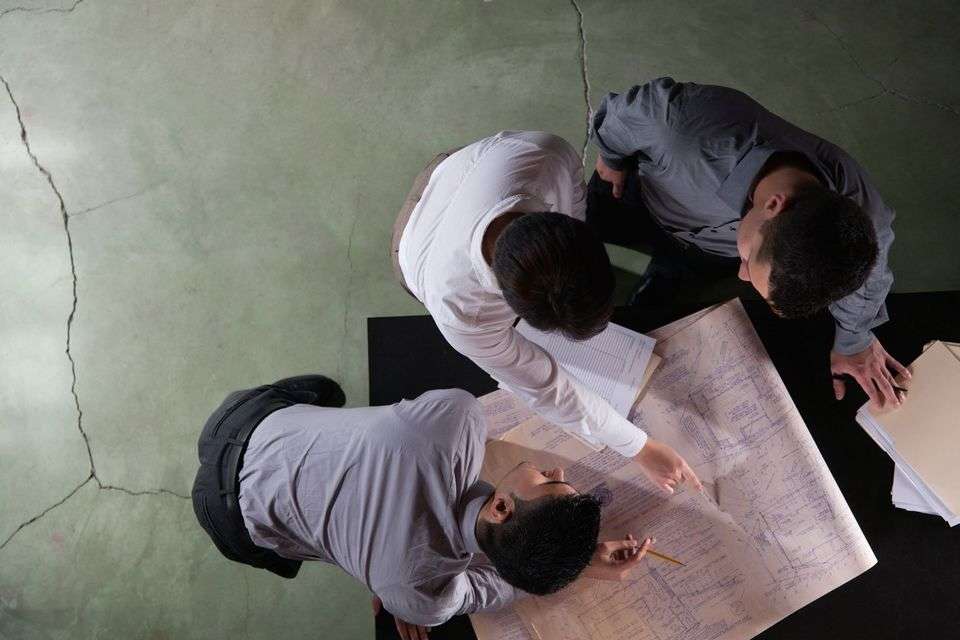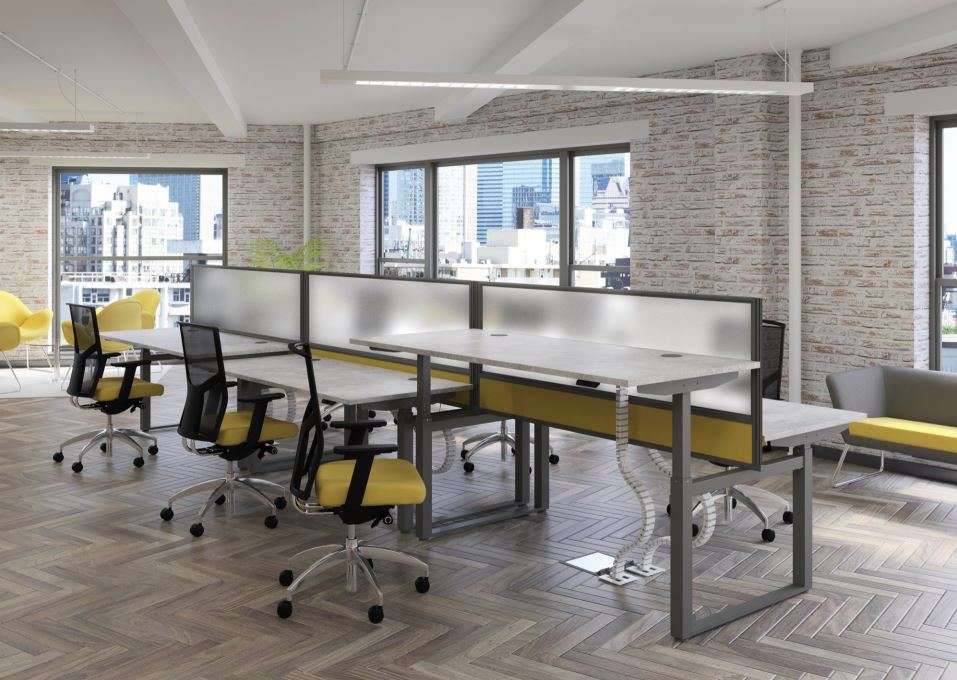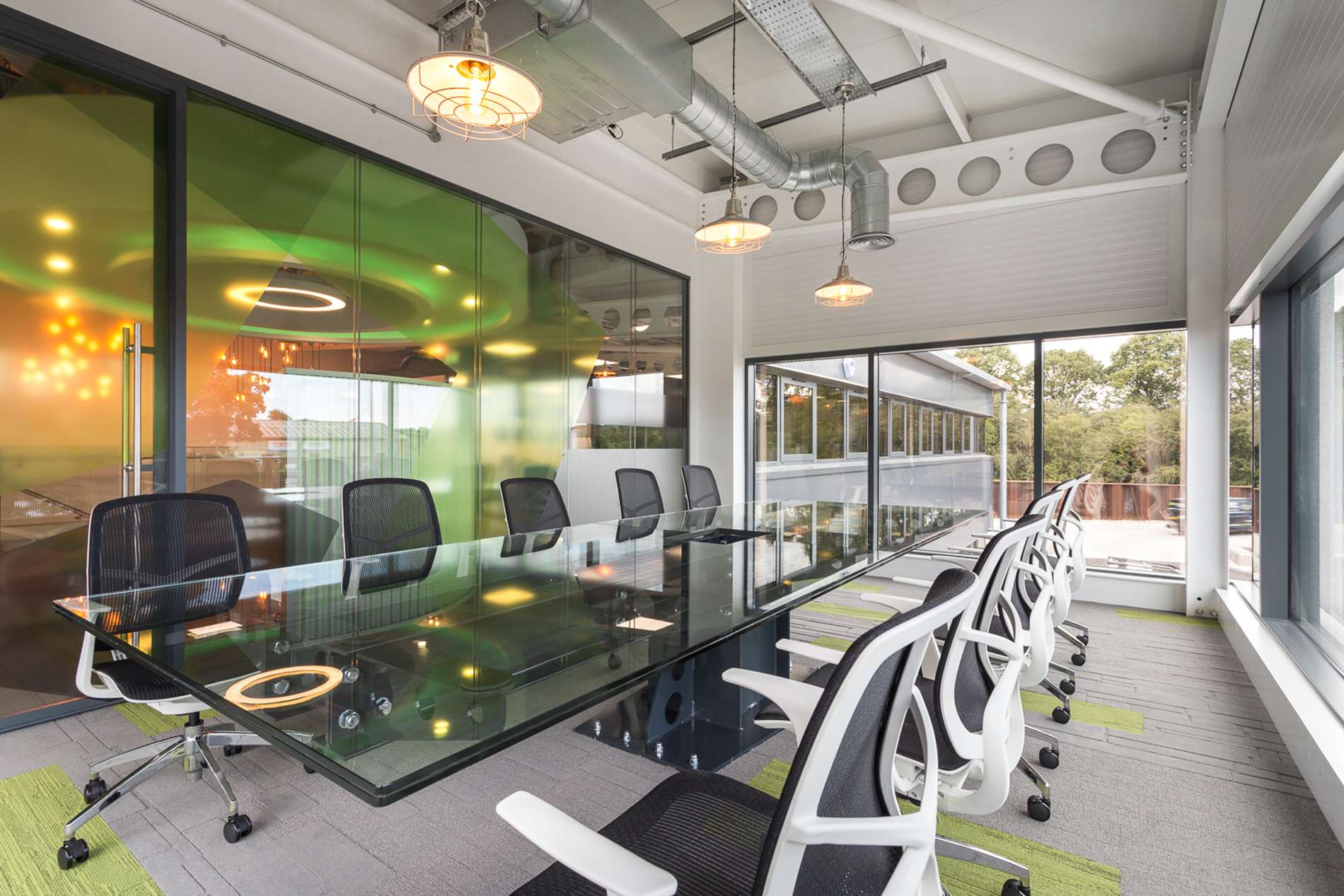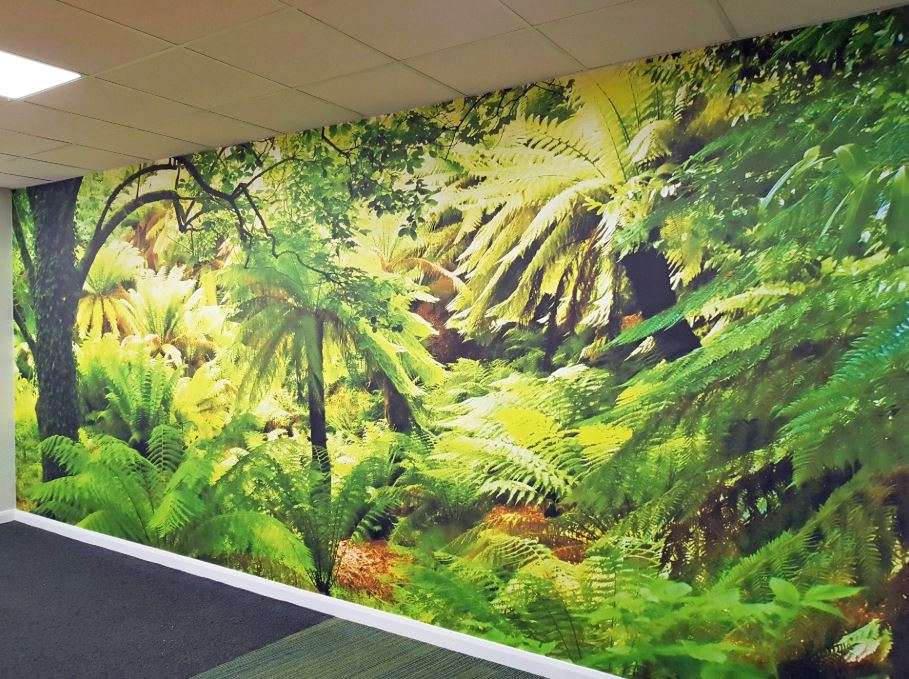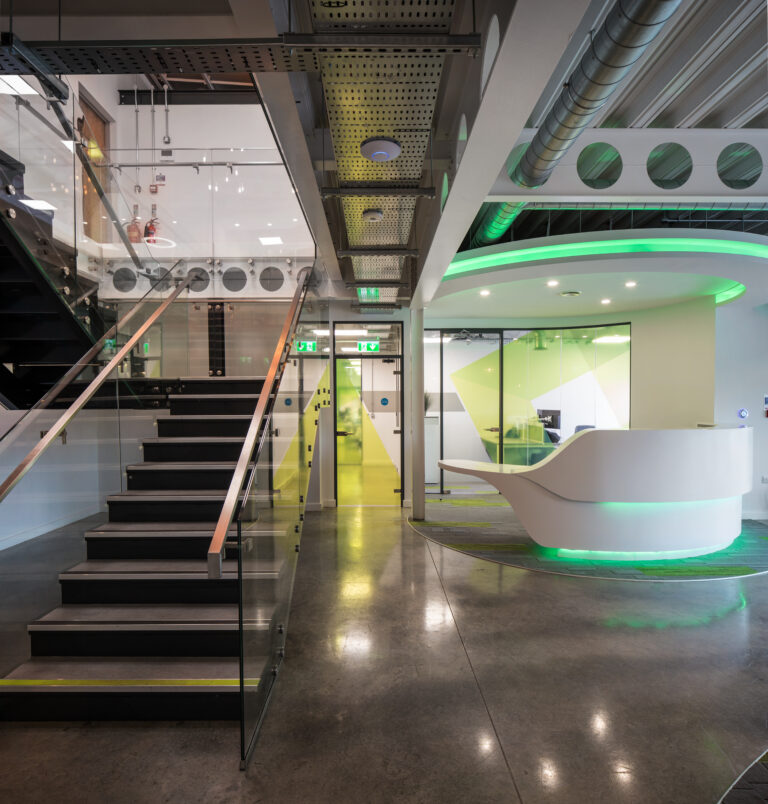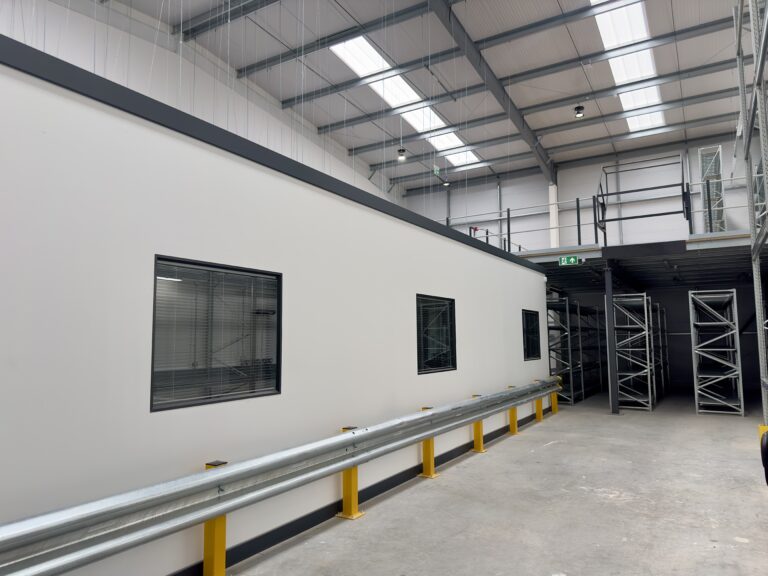If you’ve ever been forced to work in a cramped office with limited space, minimal lighting and uncomfortable chairs, you’ll know just how demotivating and stifling poor workplace design can be – for employers and for employees alike. There are very few people who can remain productive in poor working conditions, so it’s no surprise that employers are now being encouraged to consider the way their workplace layout, decoration and presentation may affect their team members. After all, employees are the lifeblood of a business, so ensuring that they’re comfortable and ready to work is absolutely essential for great results.
Focusing on workplace design isn’t just about following interior design trends or spending a great deal of money on gimmicks and fads; you don’t need to have expensive artwork on the walls or change your colour scheme every year according to what’s in fashion – although you can if you’d like! It is simply about constructing a workplace that keeps your employees focused and engaged throughout the working week, whether you work in an office, retail establishment, factory or industrial warehouse. The same also applies to people who work from home, as it is just as important to prioritise your own satisfaction as it is to prioritise your employees’.
As office design and fit out experts, we at DSP (Interiors) Ltd understand the true importance of a carefully designed workplace. Here we discuss the impact it can have on employee engagement, and why all businesses need to pay attention to workplace analysis and design.
The effect of office design on employee engagement
It’s no surprise that an unpleasant office environment isn’t conducive to a productive and happy workplace. As attitudes towards employee happiness change, business owners have begun to consider ways of showing their appreciation by breaking down the barriers between management and staff, instead of viewing team members as cogs in a machine.
Your employees are likely to spend more time at work than at home, so it makes sense that they should expect a welcoming environment designed with a worker-first ethos. So, altruism aside, there are many reasons why employers should focus on employee satisfaction when designing a workplace.
Failing to do so could result in:
Stifled productivity
As the saying goes, a flower cannot flourish in the dark. This is also true of humans, as we find it difficult to concentrate and stay motivated in uninspiring places. To keep your employees working hard, you’ll need to think of ways to make your office an open and collaborative space – something that traditional working spaces haven’t always done.
If your employees are forced to work in modular workstations, cut off from their peers with only artificial lighting for company, it may be time to rethink your office design.
Stress and absenteeism
A combination of not feeling appreciated at work and not enjoying your work environment can lead to people feeling huge amounts of stress, which ultimately lead to absenteeism and people finding new jobs. If the cost of redesigning your office is putting you off making changes, consider the cost that long periods of employee absenteeism will have on your business.
Workplace distractions
Poor lighting, a lack of space and a general sense of dis organisation in the workplace are likely to distract your employees day to day. If you’ve ever had to sit in a rigid chair with an aching back or try to keep cool in a stuffy, noisy office, you’ll know just how difficult it can be to focus. Your staff will feel restless and may struggle to stay alert, even complaining of muscle pains and headaches. This, however, can be prevented by creating an office with employee productivity in mind.
Office design ideas for a productive environment
While it’s easy to identify the reasons why a well-designed office is so important, thinking of what changes to make and how to implement these can be difficult. Here are some of the most prevalent design factors to consider during your next fit out and why they’re so significant in promoting employee engagement.
Some key considerations to bear in mind are:
Incorporate collaborative spaces
Whether you opt for an open plan office or compartmentalised desk stations, each of which has its own set of advantages and disadvantages, it’s important to make sure your employees have open spaces where they can host meetings, talk to other members of staff and pitch new ideas.
Agile working , a concept favoured by many modern office design companies, gives employees the opportunity to speak freely with their teammates, encouraging collaboration and positive work relationships. A united team is likely to be a productive team, as any barriers or disagreements between colleagues will make it difficult to achieve great business results.
One way to achieve this is by having comfortable meeting rooms that allow people to talk away from the hustle and bustle of the general office, or by having workbenches and tables that allow small groups of employees to catch up without the need for a formal meeting. By creating separate areas specifically for this purpose, you’ll also see a reduction in noise levels on the main work floor.
Encourage downtime
Your employees need a break every now and then, so it’s important to create a work culture that allows them to do this. One of the best ways to do this is by creating a physical environment that encourages people to relax and socialise when they need to, rather than keeping your employees separated and in work mode every minute of the day. Everyone’s heard of Google’s nap pods , but you don’t need to make such drastic changes to see positive effects.
At a bare minimum, however, you should create a communal kitchen area with adequate seating so that employees do not have to eat at their desks. By giving your staff somewhere to relax over lunch, you can help avoid the afternoon slump of diminished concentration and boredom. It’s also a good idea to have space for employees to catch five minutes of downtime if they need it, which could be as simple as having sofas dotted around or a football table for people to play on.
Consider ergonomy
Feeling comfortable is essential to staying productive throughout the day. Nothing will make your employees watch the clock more than a rigid chair! Although you don’t want your staff sleeping on the job, it’s definitely worth prioritising comfort to keep them happy throughout the day. To do this, you’ll not only need to invest in ergonomic chairs, but you should also consider different types of desks. From treadmill desks to adjustable standing desks, there are many options available to keep your team members comfortable.
Another tip is to consider furniture with curved corners as opposed to sharp edges. Although a very subtle change, chairs and desks with rounded corners have been said to look more approachable than furniture with sharp edges.
Allow natural lighting
Exposure to natural light has long been linked to workplace happiness and healthy employees, so finding ways to increase light sources in your workplace should always be a top priority. Think about it – a light, airy office with large windows is much more likely to encourage productivity and creativity than a dark, cramped room with no view of the outside world.
Even if you aren’t undergoing a full office refurbishment, there are certain ways you can make your workplace appear lighter. For example:
- Paint the walls a light colour to make your room seem bigger than it actually is. Pale walls will also make it seem brighter, even if you only have limited windows.
- Make sure you don’t block your windows with lots of clustered furniture. Keep all windows free from obstructions to let the light stretch as far as possible.
- Incorporate glass walls into your office where possible. Glass partitions in meeting rooms and kitchen areas will let the natural light reach further.
Go back to nature
We spend most of our time at work, which can sometimes feel quite demotivating. When it feels like you spend all day stuck inside the office, you’ll find yourself distracted and wishing you were outdoors. One way to avoid this is by bringing the outdoors in!
From potted plants to moss walls, there are many ways to add a touch of green to your office and also many benefits to doing so. For example, employees in offices with a biophilic design have reported rates of increased creativity, reduced stress levels and even better quality sleep. In addition, carefully arranged plants and flowers look great, so consider investing in these when brightening up your workplace.



